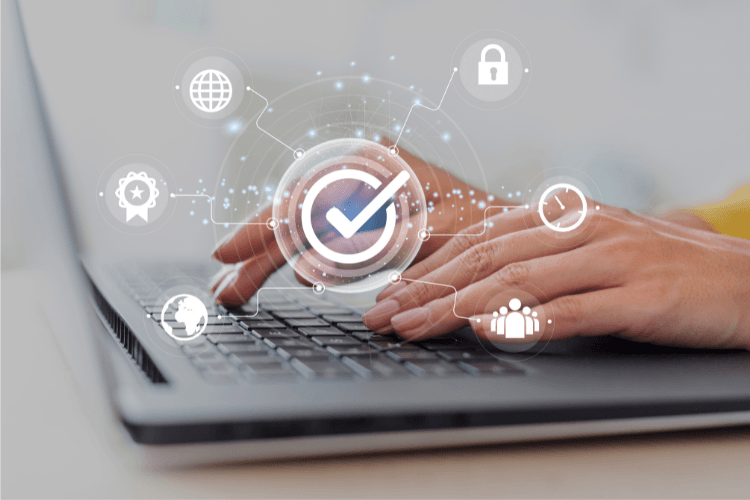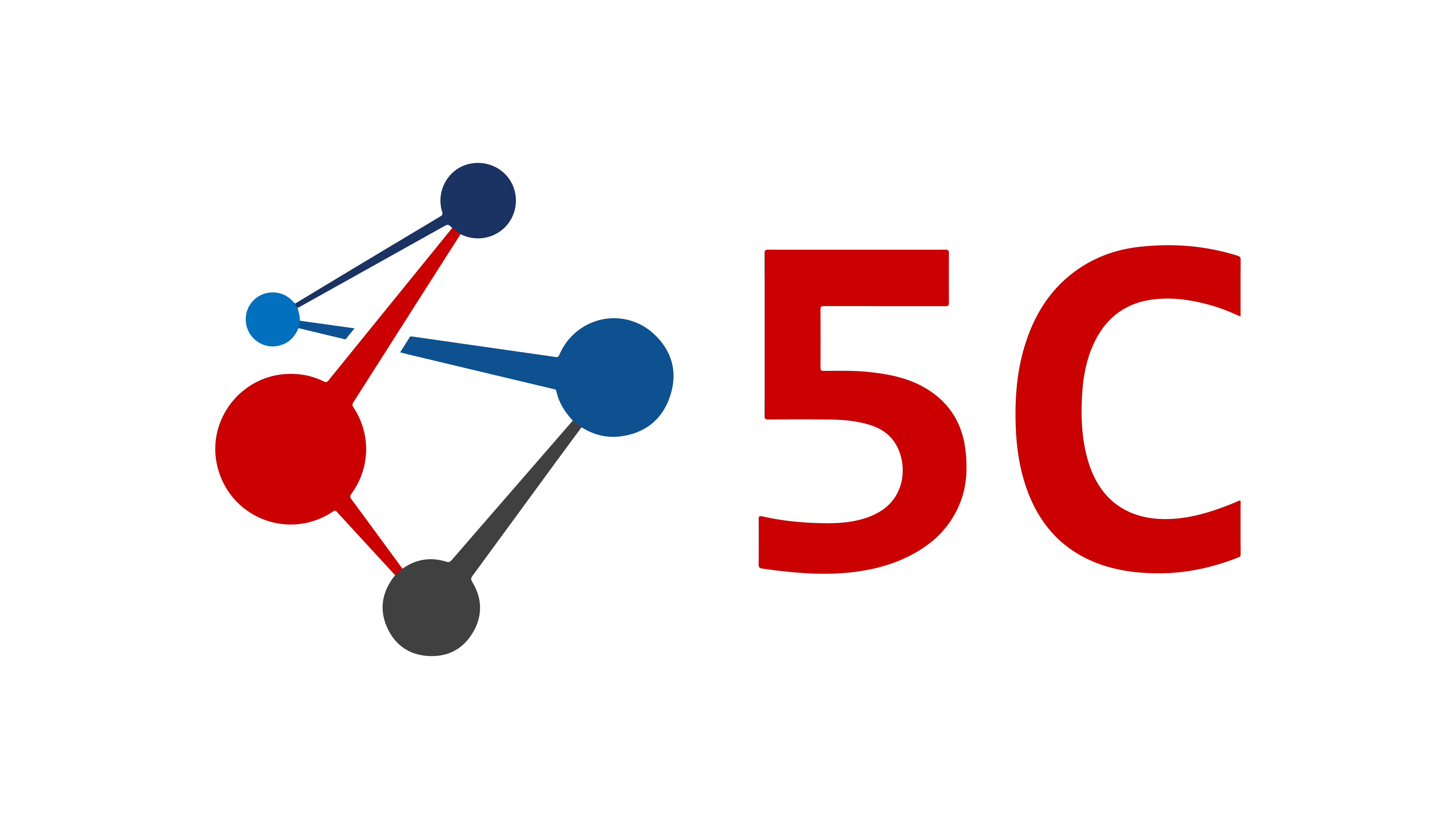5 Reasons Why Teleradiology Platforms Should Have AI-Powered Speech Recognition Feature
Today, artificial intelligence is in the midst of a revolution. From Microsoft's ChatGPT to Google's Alpha Code, there are numerous generative AI platforms with a vast array of use cases. The near future will see us increasingly leverage these technologies to build automated, autonomous, and robust enterprises or workflows. So, how will we harness these innovations for an overworked yet absolutely critical sector—healthcare?
The global artificial intelligence in the healthcare market is projected to grow from $13.82 billion in 2022 to $164.10 billion by 2029 at a CAGR of 42.4%, growing at a significant pace during the forecast period. In recent years, AI-powered teleradiology platforms have become an increasingly popular method for radiologists to provide remote consultations and read imaging studies.
With teleradiology, radiologists can work from anywhere, and healthcare providers can receive timely and accurate diagnoses for their patients. However, with the rise of advanced healthcare delivery systems comes the need for efficient and effective communication tools, one of which is speech recognition.
Understanding AI-Powered Speech Recognition Feature
Voice recognition software has long been used for voice-activated computer systems and smartphones. Recent developments in voice recognition technology have included Siri, the virtual assistant in Apple’s iPhones and iPads, and Alexa, Amazon’s virtual assistant. But the accuracy of modern AI-powered speech recognition technology has made it popular for consumers, businesses, and especially the healthcare industry. As a result, speech recognition is one feature that has been popular in recent healthcare development trends.
Benefits of Speech Recognition Feature in Radiology Reporting
The medical profession is increasingly dependent on clinical documentation. The adoption of speech recognition technologies can improve the efficiency and accuracy of patient care by allowing radiologists to document their observations with ease.
1. Less documentation time
Radiologists spend nearly four times as much time on documentation as they do on scan encounters. With AI-powered speech recognition, they can dictate findings while the software automatically converts their speech to text in real-time. By recording data in this manner, radiologists can operate at nearly 4X the speed and save over 3 hours daily. This process also streamlines the clinical workflows, making healthcare data securely accessible.

2. Seamless integration
Speech is the most natural form of communication. AI-based voice recognition software is highly intuitive, requiring no training or familiarization processes. It does not necessarily require hardware or infrastructure upgrades as they are made to be fully interoperable with existing reporting systems.

3. Easy access
The speech recognition tool can increase efficiency, productivity, and speed. Additionally, it also enables clinical reporting on the go--via mobile, web, and desktop applications. Speech recognition results in reduced duplication errors and promotes digital note-taking, which is more effective than manual typing. The time saved can be used for a better quality of consultation, see more scans or even grant radiologists a better work-life balance.

4. Optimized medical records
Medical records are an essential part of providing patients with high-quality care. However, radiologists who rely on hand-typed notes and observations might forget to enter certain information into a patient's records or mistype certain information. The speech recognition tool helps capture all spoken words, creating notes that can easily be added to patients' records, ensuring that medical records are complete and accurate.

5. Improved patient care
Radiologists are being empowered by the use of speech recognition software. This feature enables them to provide more attentive and effective reports, as well as improve the quality of reports and data collection and processing.

In summary, speech recognition technology is revolutionizing healthcare and medical imaging, not only by providing a cost-effective solution but one that improves outcomes for both radiologists and their patients. Radiology practice owners seeking to improve efficiency should consider investing in teleradiology platforms like Prodigi.ai, which provides AI-powered speech recognition features.
